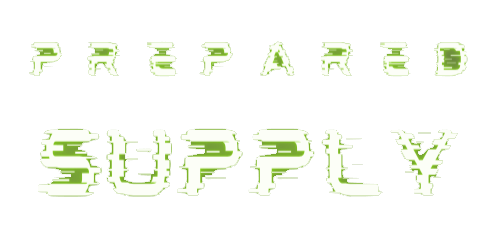Imagine this: you’re enjoying a hike when suddenly your ankle twists. Pain shoots up your leg, and you’re miles from the trailhead. Or, picture a summer cookout where someone accidentally burns themselves on the grill. In these situations, staying calm and knowing basic first aid can make all the difference.
Being prepared for medical emergencies, big or small, is a crucial part of personal safety. This blog post dives deep into the essential skills and supplies you need to handle common injuries and illnesses until medical help arrives.
Why First Aid Matters?
First aid refers to the initial assistance given to a sick or injured person. It’s not a replacement for professional medical care, but it can:
- Stabilize the person’s condition
- Prevent the situation from worsening
- Increase the chances of a full recovery
Even minor injuries can escalate quickly if left untreated. First aid knowledge empowers you to act effectively in emergencies, potentially saving lives or preventing long-term complications.
Essential First Aid Skills:
Here are some fundamental first aid skills everyone should learn:
- Calling emergency services: Knowing when and how to call 911 (or your local emergency number) is paramount. Stay calm, provide clear information about the location and nature of the emergency, and follow the dispatcher’s instructions.
- CPR (Cardiopulmonary Resuscitation): CPR can restart a stopped heart, buying precious time until advanced medical care arrives. Consider taking a CPR course to learn proper chest compressions and rescue breathing techniques.
- Controlling bleeding: Apply direct pressure to the wound with a clean cloth or bandage. If necessary, elevate the injured body part to slow blood flow.
- Treating burns: Minor burns can be treated with cool running water for 10-15 minutes. Avoid applying ointments or creams to severe burns and seek immediate medical attention.
- Wound care: Clean minor wounds with soap and water, apply a sterile dressing, and secure it with bandages. Monitor for signs of infection like redness, swelling, or pus.
- Choking: Knowing the Heimlich maneuver can be lifesaving in choking emergencies. However, remember, it’s crucial to assess the situation and only perform the maneuver if the person is truly choking.
Building Your First-Aid Kit:
A well-stocked first-aid kit is your first line of defense in an emergency. Here are some essential supplies to include:
- Bandages: Different sizes of adhesive bandages, gauze pads, and roller bandages to cover and support wounds.
- Antiseptics: Wipes or sprays to clean wounds and prevent infection.
- Pain relievers: Over-the-counter medications like aspirin or ibuprofen to manage pain and fever.
- Cold compress: To reduce swelling and pain from injuries.
- Tweezers: To remove splinters or ticks.
- Safety pins and scissors: For bandages and clothing.
- Thermometer: To check for fever.
- Emergency blanket: To retain body heat in case of hypothermia.
Beyond the Kit: Medical Preparedness
While a first-aid kit can handle minor situations, true preparedness goes beyond bandages. Here are some additional steps to take:
- Family emergency plan: Discuss a plan with your family outlining communication strategies, meeting locations, and evacuation routes in case of emergencies.
- Medical information: Keep a list of essential medical information readily available, including allergies, medications, and emergency contacts.
- Prescription medications: Maintain a stock of essential medications to last for several days in case of disruptions.
Remember:
- Take first-aid courses: Regularly refresh your first-aid knowledge with courses offered by organizations like the American Red Cross or your local health department.
- Learn about specific conditions: If you or someone in your family has a chronic condition like asthma or diabetes, learn how to recognize and manage emergencies related to that condition.
- Keep your kit up-to-date: Regularly check your first-aid kit, replace expired items, and restock used supplies.
Conclusion
By equipping yourself with first-aid knowledge and a well-stocked kit, you’re taking a proactive step towards personal safety and well-being. Remember, first aid is not about becoming a medical professional, but about being prepared to take decisive action until help arrives. With a little preparation, you can face emergencies with confidence and potentially make a significant difference in someone’s life.

0 Comments